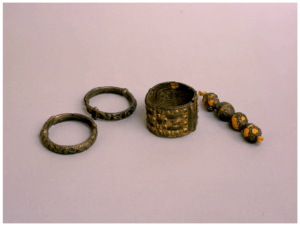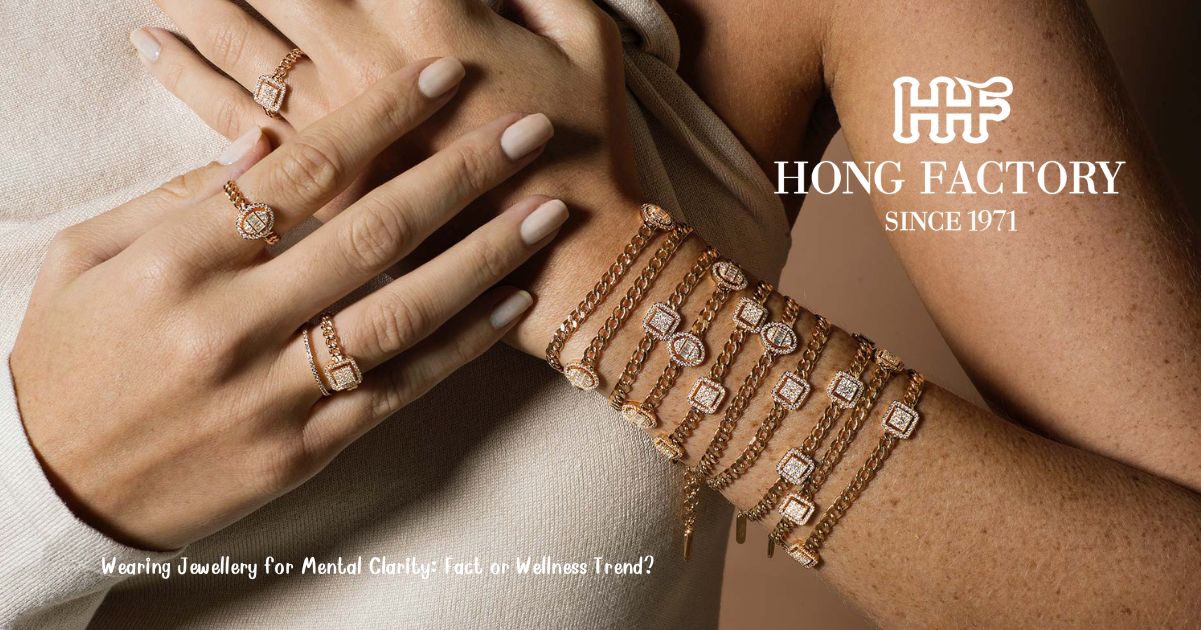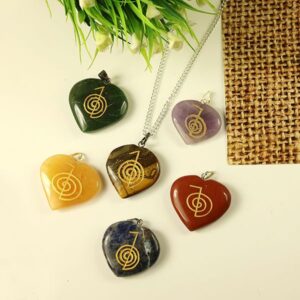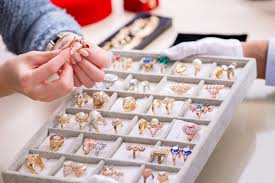As wellness continues to evolve beyond gyms and green juices, new rituals are taking hold some ancient, some newly rebranded. One rising trend in this landscape is the belief that wearing jewelry can enhance mental clarity. From silver rings worn during meditation to crystal pendants designed to restore focus, jewelry is being seen as more than adornment it’s being embraced as a cognitive and emotional tool.
But does this practice hold real benefits, or is it simply another commercialized wellness trend? In this article, we explore the cultural origins, psychological foundations, and market implications of jewelry worn for mental clarity.
Wearing Jewellery for Mental Clarity: Fact or Wellness Trend?

The Historical Roots of Jewelry as a Cognitive Aid
Using objects to support the mind isn’t new. Across cultures, jewelry has long played a spiritual or symbolic role in aiding thought, protection, or clarity:
- In ancient Egypt, amulets and lapis lazuli were believed to ward off confusion and foster insight.
- In Hindu traditions, gemstones are placed on chakras to enhance energy flow and focus.
- Buddhist mala beads, often worn as necklaces or bracelets, are used to calm the mind during meditation.
This historical backdrop legitimizes the modern belief that jewelry can offer more than visual appeal it can ground, focus, and align.
The Psychology Behind Objects of Meaning
Even without mystical beliefs, the psychological benefits of symbolic objects are well documented. This is where jewelry enters the self-care conversation:
- Wearing a specific ring can become a daily mental anchor a reminder to stay composed.
- A pendant worn close to the heart may carry emotional weight, offering calm during stress.
- Texture and tactile interaction (e.g., turning a ring or touching a necklace) can act as fidgeting tools, promoting mindfulness and focus.
In this context, the jewelry’s function is not mystical, but neurological and emotional.
Crystals, Metals, and Symbolic Materials
Some materials are marketed specifically for mental clarity:
- Amethyst: Associated with clear thinking and stress relief
- Quartz (especially clear or rose): Believed to purify energy and aid concentration
- Silver: Said to support emotional balance and mental sharpness
- Hematite: Grounding and mentally centering
While scientific evidence is limited, the placebo effect is real. If a person believes a certain stone helps their mind, the symbolic association can trigger actual psychological benefits.
Jewelry in Mindfulness Practices
More individuals are incorporating jewelry into their intentional routines:
- Wearing certain rings for journaling or goal-setting
- Using necklaces as breath-focus tools during anxiety episodes
- Creating rituals around putting on jewelry each morning with affirmations
These practices can shift attention, build emotional resilience, and create a sense of control especially important in today’s overstimulated world.
Fashion Meets Function: A Market Opportunity
With mental wellness becoming a trillion-dollar industry, jewelry brands are jumping in:
- Launching “intention collections” with mood-based themes (e.g., Focus, Calm, Empower)
- Offering customization like engraved affirmations or personal mantras
- Packaging items with wellness guides, breathing exercises, or meditation prompts
This approach helps jewelry move from a want to a wellness need, especially in online spaces where storytelling sells.
Scientific Caution and Consumer Skepticism
While belief can drive perceived benefit, it’s important to acknowledge limitations:
- No scientific consensus confirms that gemstones directly improve mental function.
- Relying solely on jewelry for mental clarity may overlook more effective strategies (like therapy or rest).
- Commercializing emotional struggles can feel exploitative if not done with sensitivity.
That said, many consumers combine these items with other self-care methods using jewelry as a gentle tool, not a miracle cure.
Real Stories from Wearers
A growing number of people share testimonials about the emotional support jewelry provides:
- “I touch my marcasite pendant before meetings to ground myself.”
- “Wearing my moonstone ring reminds me to breathe and slow down.”
- “This silver bangle is a promise to myself to stay present today.”
These stories reflect a broader desire for tangible, symbolic tools in a world filled with digital overwhelm.
How Retailers Can Ethically Join the Conversation
For brands and wholesalers wanting to engage with this trend:
- Prioritize storytelling over promises
- Offer jewelry with optional context, not forced belief
- Avoid exaggeration sell symbolism, not solutions
- Encourage mindfulness through presentation, packaging, and community
Being transparent while still emotionally resonant helps brands build trust in a sensitive space.
A Hybrid Answer: It’s Both Trend and Tool
So is wearing jewelry for mental clarity fact or trend? The answer lies somewhere in between:
- It may not have measurable effects like medication, but it offers perceived control and meaning
- It taps into ancient practices that modern wellness consumers are rediscovering
- It provides ritual, reflection, and rhythm in a chaotic world
In this sense, jewelry becomes a form of soft armor not to fight the world, but to feel more at peace within it.
Jewelry That Helps You Think and Feel
The idea of jewelry that enhances mental clarity may not be backed by scientific consensus, but it is deeply supported by lived experience. As people seek ways to slow down, find meaning, and nurture mental health, jewelry offers something rare: a blend of beauty, belief, and quiet personal power.
Whether it’s a silver ring that centers your thoughts or a pendant that grounds your emotions, this trend reflects a real human need to wear our intentions, protect our peace, and carry our clarity with us, every day.




